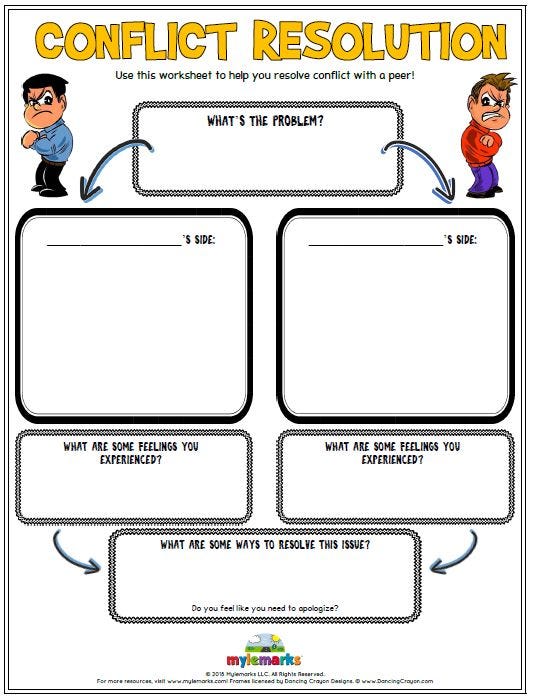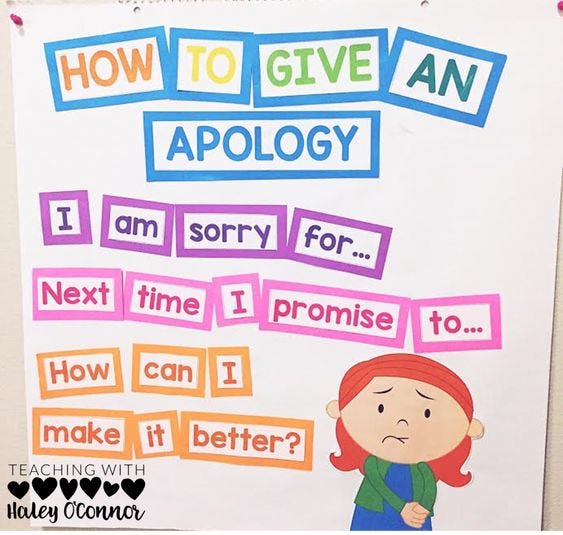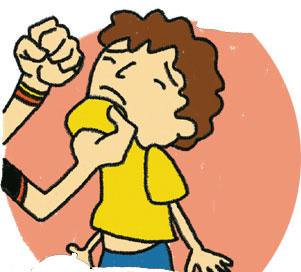
12-year-old Amar has got a cake for tiffin. Anuj walks up to him and asks him to share it. When Amar refuses, Anuj gets angry, snatches his tiffin, and throws it away.
Physical bullying is one of the most common types of bullying. It involves tripping, spitting, stealing, shoving, punching, and fist fighting, among other things. This type of bullying also involves hurting someone by using physical force.
How does it start?
In lower grades, physical bullying often begins with small acts of unkindness but may eventually progress to punching, kicking, biting, and other forms of physical violence.
Physical bullies are usually a lot bigger, stronger, and more aggressive towards the victim. This is the easiest type of bullying to identify.
That sounds painful. Why would someone hurt others on purpose?
To establish authority- Bullies use their physical strength to intimidate and feel superior to others.
Violent environment- If children grow up in a violent environment, they will see the use of hands and legs as the only logical way to solve a problem.
Exposure to violent shows - Movies, online games, and TV often show violence as a way to get appreciated. Children are often tempted to try a new wrestling move on each other as a way to stand out.
Ignorance- In some cases, children may constantly nudge each other and see it as a fun game. However, doing this for a long time can result in physical bullying too.
What can you do if you see someone getting physically bullied?
Separate and talk- Stand between or near the victim and the bully, separating them if necessary, so as to stop the bullying behavior. Ask the bully to stop and tell them that it is unacceptable. For young children, consider removing them from the situation to a “time-out” area or room.

Get help if needed- If the bully is using physical force, or there is more than one bully, you may need to find another adult to help keep children safe and protect yourself. Remain in the area until the fight has been resolved.
Don’t conclude instantly- Allow yourself time to consider the incident and obtain any clarifying information – then decide the best course of action.
Equip the victim- Help the victim take a stand by telling them it was not their fault. If someone physically bullies them ask them to shout no loudly and go tell an adult. The victim needs someone to support them now more than ever.
How can you prevent this?
Anger management- Physical bullying stems from the inability to manage anger. Help children tame their anger monster. In extreme cases, recommend going to a therapist if needed.
Communication is the key- Some fights can be resolved by talking and understanding other’s opinion. Model out ways to communicate respectfully and solve conflicts.

Perspective- Talk about different perspectives and opinions. It is possible to see a situation in different ways without anyone being wrong.

Normalize apologizing- Often, we as adults don’t apologize to children. The child then concludes that anyone in a position of authority can do as they wish and get away with it.

Unlike other forms of bullying, physical bullying can be spotted easily. Let’s prioritize solving conflicts through words rather than hands. After all, hands are not meant for hitting.



